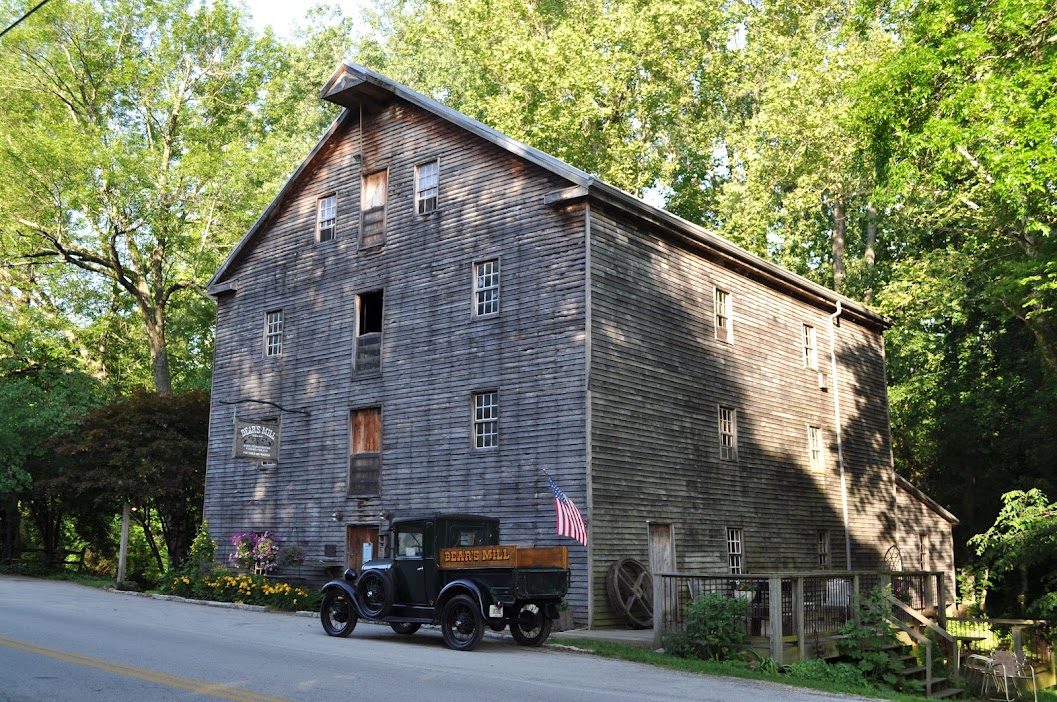John Q.A. Ward House in 1935
The John Q.A. Ward House is a historic house in Urbana, Ohio. It was built in 1820 ca. for Colonel William Ward, the founder of Urbana, as a wedding present for his son, John Anderson Ward. John lived in the house until his death in 1855. John A. Ward's son, John Quincy Adams Ward, is the namesake of the house. A noted sculptor. The Ward House is historically significant for its early architecture. Based on a stone foundation, the brick house is a two-story structure built in an "L" plan. This well-preserved architecture, together with its connection to John Q. . Ward, led to the house's addition to the National Register of Historic Places on July 30, 1974. GPS: 40.10329°N, -83.75763°W.
Noted sculptor John Quincy Adams Ward (son of John A. and grandson of Colonel William) was born in the house in 1830. Ward lived and worked in the house for much of his life. Growing up, he liked to spend his time by the creek-bed fashioning mud into small figures and animals. Ward's interest in three dimensional forms was encouraged by a neighbor and local potter, Milo Chatfield. At age 11, Chatfield allowed Ward to have the run of his studio and taught him how to throw a pot and decorate it into bas-reliefs. Later in 1847, he contracted malaria and his parents sent him to Brooklyn to recover with a relative. While there he became a pupil and assistant of Henry Kirke Brown, (a well known American sculptor), from 1849 to 1856.
Ward then went to Washington, D. C. where he modeled several heads of prominent men, and then returned to Ohio. Ward settled in Columbus while also maintaining the Urbana residence. In I86I he returned to New York to open another studio. During his lifetime Ward executed many famous works. Some of these were statues of George Washington, Commodore Perry, and Lafayette. The "Soldiers Monument" in Brooklyn, "The Indian Hunter," "The Good Samaritan," and "General Reynolds" in New York, and "Lincoln Goodale" in Columbus are some of his extant works. One of his most unusual projects was the sculpting of the pediment for the New York Stock Exchange Building.
In later life, Ward received many tributes from his fellow artists and served as president of the National Sculpture Society from I896 until his death in 1910. Besides his numerous works, the house and grounds comprise the only physical record of his life.
"Indian Hunter" is an outdoor bronze sculpture by John Quincy Adams Ward, located at Central Park in Manhattan, New York. It was cast in bronze in 1866 at the L.A. Amouroux, New York, at a cost of $10,000. It was displayed at the Paris Exposition in 1867 and was later presented to the city of New York, where it was unveiled on February 4, 1869. The statue was the first sculpture by an American artist at Central Park, N.Y. There is a duplicate of this statue in the Oakdale cemetery in Urbana, Ohio where Ward is buried.














No comments:
Post a Comment